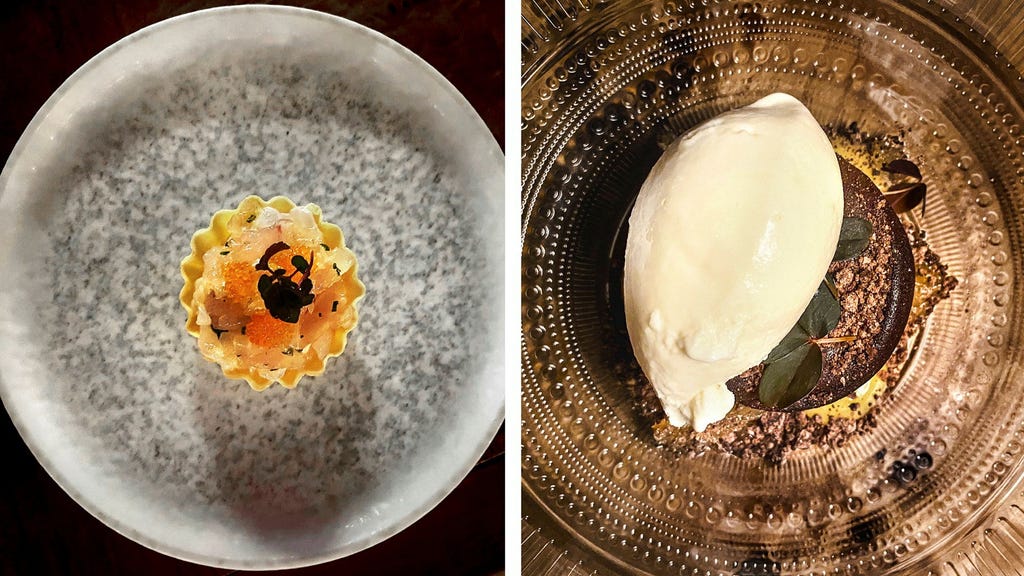Tako, a Stockholm restaurant situated in the bustling Grev Turegatan area, presents a dining experience marked by both promise and inconsistency. Its prime location, amidst luxury retailers and a high-spending clientele, sets a high bar for its culinary offerings, which unfortunately don’t consistently meet expectations. While the restaurant boasts experienced restaurateurs and a spacious, stylish setting, the execution falters in several key areas, ultimately resulting in a lukewarm dining experience.
The extensive menu, seemingly designed to showcase culinary creativity, becomes a source of confusion and frustration. Categorized into sections like ”small,” ”raw,” ”sushi,” ”lightly cooked,” and more, the sheer number of options overwhelms rather than inspires. This complexity extends to the staff, who struggle to provide clear guidance and recommendations, leaving diners to navigate the culinary labyrinth alone. While the à la carte options offer tantalizing glimpses of potential, the overall lack of cohesion and balance makes it difficult to curate a satisfying meal.
The tasting menu, priced at 995 kr per person, offers a more structured approach but reinforces the kitchen’s inconsistencies. While dishes like the Korean steak tartare deliver vibrant flavors and expert preparation, other components fall short. The sashimi, featuring lackluster seafood, disappoints, and the bao buns, with their bland filling and spongy texture, feel unworthy of the restaurant’s upscale positioning. This unevenness undermines the tasting menu’s intent, leaving diners with a mixed bag of hits and misses.
Despite the culinary shortcomings, Tako shines in its attention to ambiance and certain specific dishes. The restaurant’s design, featuring a separate bar area and a vibrant dining room with a mix of large and small tables, creates a lively and inviting atmosphere. The champagne selection impresses with a noteworthy blanc de noirs, and the dessert menu offers a welcome reprieve. The chocolate fondant, with its rich flavor and perfect consistency, alongside the high-quality ice cream and sorbet, provides a sweet ending to an otherwise uneven meal.
However, the inconsistent service mirrors the kitchen’s uneven performance. Dishes arrive at erratic paces, requiring diners to remind staff of forgotten orders. The tasting menu experience is further marred by the occasional repetition of dishes, a surprising oversight for a restaurant of this caliber. These service lapses, coupled with the culinary inconsistencies, contribute to a sense of disorganization and detract from the overall dining experience.
In conclusion, Tako presents a paradox: a restaurant with great potential hampered by inconsistencies in its execution. While the prime location, stylish ambiance, and select standout dishes offer glimmers of hope, the overly complex menu, uneven kitchen performance, and erratic service ultimately hold it back. A streamlined menu, focusing on fewer, well-executed dishes, along with more attentive service, could elevate Tako from its current state of unfulfilled promise to a truly satisfying dining destination. The restaurant’s current approach, characterized by an overwhelming array of options and inconsistent quality, leaves diners with a sense of missed opportunity and a hefty bill. A simpler, more focused approach would likely benefit both the restaurant and its patrons.














